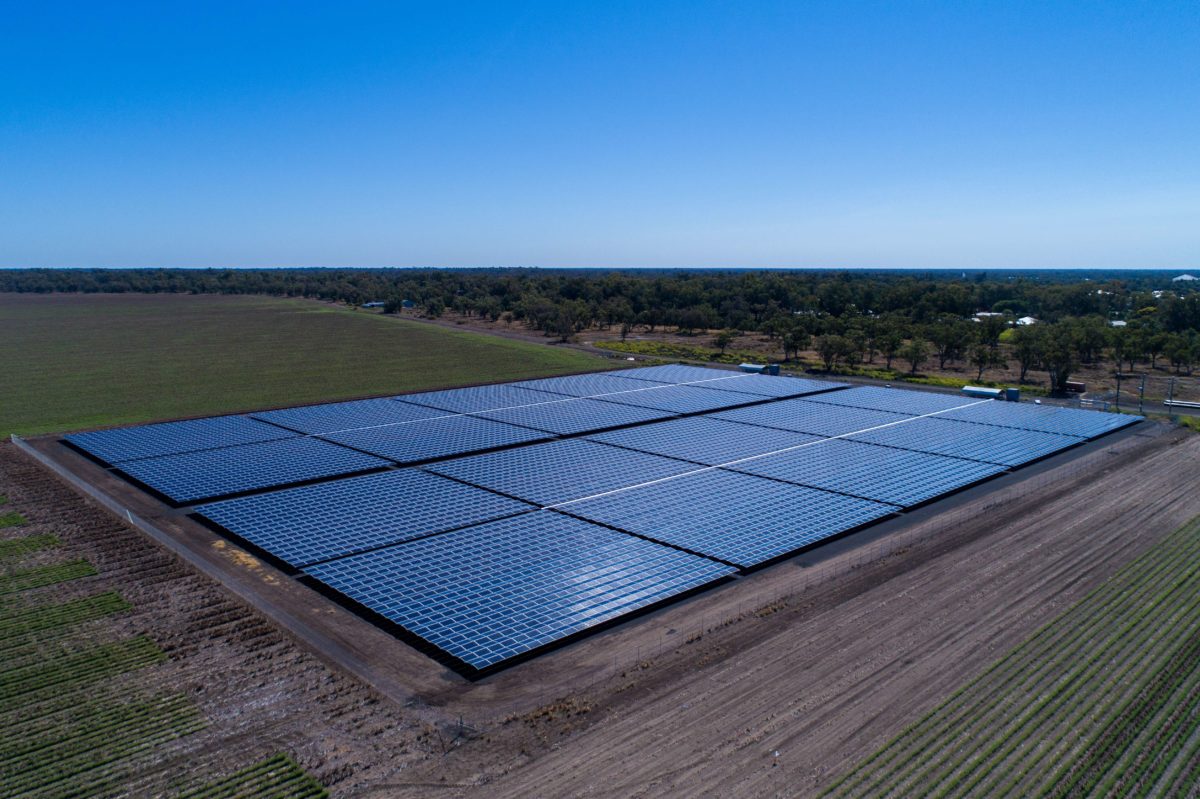Evidence that AEMO is placing more strenuous demands on PV project developers looking to lock in grid connection agreements have been mounting in recent weeks. Industry experts warn that it made lead to some developers walk away from projects in the face of the additional costs, construction delays, and added complexity.
“Increasingly complex requirements whether for active power reserve, harmonics, fault ride through requirements or voltage and frequency management guidelines represent serious constraints to PV plant developers and make it more and more complex to connect to the grid,” reports Bernhard Voll, the platform manager medium voltage systems, at inverter supplier SMA. “An increasing number of more and more complex rules represent high costs and long drawn out processes to developers which combined with deflating power prices make it more and more difficult to develop a successful and viable project.”
Voll suggests that the new requirements make Australia’s electricity network “one of the hardest markets in the world to connect a PV plant to.” He adds that the nature of the NEM, being long, isolated, and with concentrated loads and a low short circuit capacity, is likely behind the onerous connection requirements.
Resulting in delays, Warwick Johnston from consultancy SunWiz says that the connection requirements “can directly affect the financial viability of projects that intend to proceed on a merchant basis.”
“These delays can impose a significant opportunity cost,” says Johnston. “The wholesale electricity price and the price of LGCs is currently much higher than they will be in two-years time. So, delays can mean reduced income in the vital early years of a project.”
While negatively affecting the market, both Johnston and SMA’s Voll say delays to grid connection agreements are understandable, given the large volume of wind and solar currently under development. Voll, in particular, urges a conciliatory approach.
“With close collaboration between component suppliers, network operators and developers in a collaborative as opposed to a combative approach much can be solved and solutions be found,” says Voll. “But not only with developers. Component suppliers also need to cooperate with network operators to create a better understanding of the solutions and assist in an approach to grid connections, which is more driven by mutual understanding of each other’s requirements.”
“AEMO is reporting a massive surge in applications from solar farms and wind farms wishing to connect to the grid, and is understandably faced with resource constraints,” adds SunWiz’s Johnston. “We believe there are also delays in other parts of projects, which is also understandable given the entire industry has never installed projects at such a rate – even legal firms are swimming in work.”
Johnston and SMA’s Bernhard Voll participated in a pv magazine Australia webinar last week – covering the utility scale PV project landscape and constraints, and SMA’s new Australian-made Power Skid central inverter/transformer platform. View a recording on the webinar here.
This content is protected by copyright and may not be reused. If you want to cooperate with us and would like to reuse some of our content, please contact: editors@pv-magazine.com.









By submitting this form you agree to pv magazine using your data for the purposes of publishing your comment.
Your personal data will only be disclosed or otherwise transmitted to third parties for the purposes of spam filtering or if this is necessary for technical maintenance of the website. Any other transfer to third parties will not take place unless this is justified on the basis of applicable data protection regulations or if pv magazine is legally obliged to do so.
You may revoke this consent at any time with effect for the future, in which case your personal data will be deleted immediately. Otherwise, your data will be deleted if pv magazine has processed your request or the purpose of data storage is fulfilled.
Further information on data privacy can be found in our Data Protection Policy.